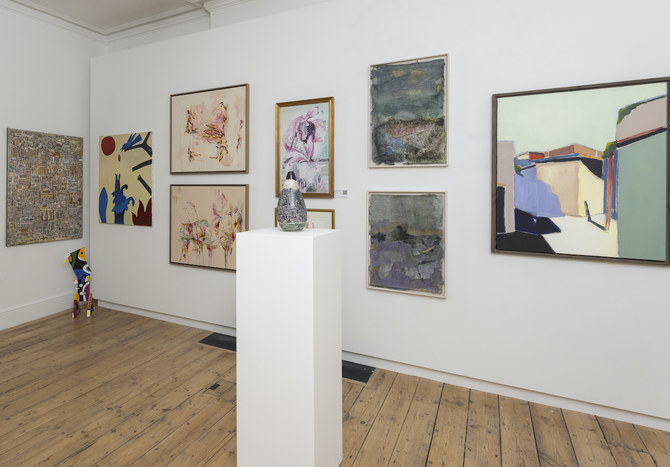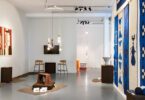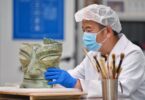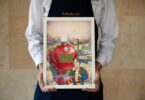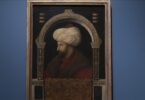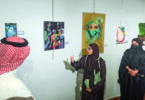Rawaa Talass
DUBAI: Between June 7 and 11, London’s arts hub Cromwell Place played host to a pop-up show of modern and contemporary Lebanese art.
According to organizers, the show — “LEBANON | UNTITLED” — was the largest and most comprehensive display of Lebanese art in London to date. Displayed across two rooms, more than 50 paintings, mixed-media works, and sculptures created by 33 artists were shown. The exhibition was a collaboration between Janet Rady Fine Art, founded by the London-based curator and dealer Janet Rady, and Artscoops, a Middle East art-focused e-platform founded by Beirut mother-daughter duo, May and Raya Mamarbachi.

“The importance of this show is two-fold,” Rady, who has a background in Islamic art, told Arab News. “It showcases Lebanese artists to the Lebanese audience in London, because they don’t get to see the works here. But then — equally and perhaps even more importantly — it’s an opportunity for people who don’t know anything about Lebanese art at all. I’m sure they know where Lebanon is, but they’ve probably never been there. They don’t know the history of the artists, the history of culture, and the people. And I think, for them, it’s a real eye-opener.”
The paintings were hung in a non-chronological order, close to one another, “as if you were in your own home,” Rady added.
The exhibition featured a variety of works — abstract, figurative, still-life and landscapes — by some 20th-century titans of the Lebanese art canon: Etel Adnan, Aref El-Rayess, Huguette Caland, Paul Guiragossian, Bibi Zogbe, Helen Khal, Alfred Basbous, and Hussein Madi. There was also a serene landscape image, portraying traditional houses against the sea and mountains, by Marie Hadad, one of Lebanon’s first female painters.

“Lebanon has had a long artistic tradition,” explained Rady. “The Lebanese artists know how to paint; they’ve been very figurative and experimental in their works. I’m doing my Iraqi show in the gallery next door, and you can tell it’s a completely different aesthetic, even though the countries are geographically close to each other, they’ve just had different visual histories.”
The show also highlighted some lesser-known names, including nature-loving Samia Osseiran Junblat, who was born in the 1940s and educated in Beirut, Florence and Tokyo. A colorful 1960s painting of hers was on display. Another interesting artist on view was the New York-born, late-era modernist Willy Aractingi, who died in 2003. His bold and vibrant pictures depict natural scenery. The show included Aractingi’s “The Crow and the Fox” painting, inspired by the timeless fables of 17th-century French fabulist Jean de La Fontaine.

The late Lebanese artist and critic Laure Ghorayeb, who died earlier this year in her early nineties, was also featured in the show with a figurative Chinese ink on canvas work called “Beauty is our common link and we are the future generation.”
A number of contemporary artists including Hiba Kalache, Adlita Stephan, Zena Assi, and Lana Khayat, and Ayman Baalbaki also took part in the show. The latter grew up during the Lebanese Civil War, and is known for portraying abandoned areas and bullet-filled buildings in Beirut that have been damaged by armed conflict in recent decades.
For the Artscoops team, putting this show together felt like a milestone.

“It’s our first show. We’ve had a lot of footfall and I think people are very interested,” Raya Mamarbachi told Arab News. “It’s been a lot of work, but we’re really excited to be here.”
With the recent reopening of the Sursock Museum in Beirut, Mamarbachi said that Beirut’s cultural scene is slowly coming back to life again after a few troubled years.
“You do wonder where the crisis is, because in the past two-to-three months, five galleries have opened in Beirut. The scene is moving and buoyant,” she said.
As for the peculiar title of the show, Mamarbachi explained: “Lebanon is always in a state of flux and change, so this is why we did not title the exhibition.”
Courtesy: arabnews

